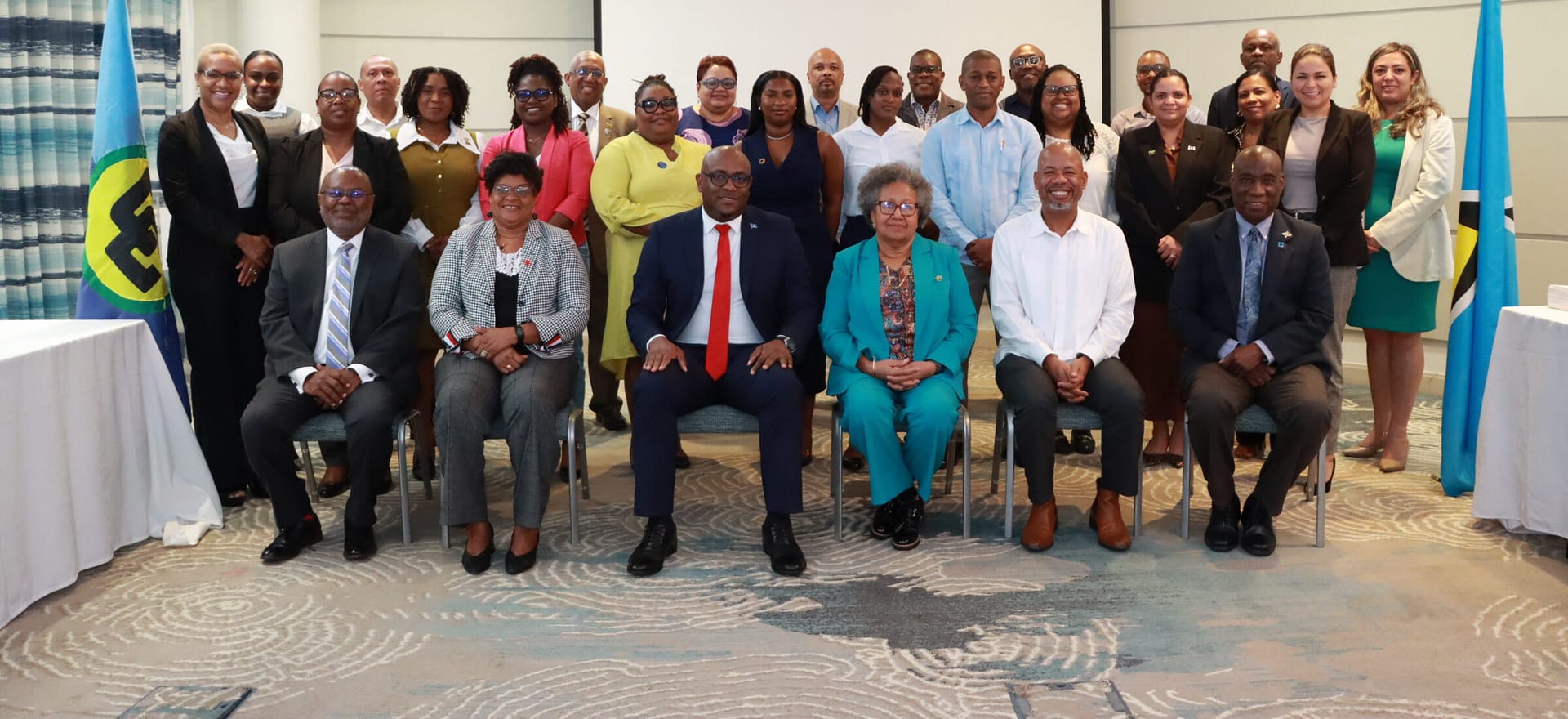CARICOM leaders gathered in Saint Lucia from October 7 to 10, 2025, for the Second Regional Preparatory Meeting ahead of the 30th Conference of the Parties (COP30) to the United Nations Framework Convention on Climate Change (UNFCCC). Hosted by the Government of Saint Lucia in partnership with the Caribbean Community Climate Change Centre (CCCCC), the event marked a pivotal moment in solidifying the Caribbean’s negotiating priorities and unified stance for the upcoming global climate summit in Belém, Brazil, this November. This meeting follows the successful first convening held earlier in Miami, highlighting the region’s unwavering commitment to amplifying a cohesive Caribbean voice in international climate negotiations. Dr. Carla Barnett, CARICOM Secretary General, emphasized the critical role of climate finance in the region’s advocacy, noting that while global pledges have increased, actual contributions remain insufficient and disbursements are slow and fragmented. Small Island Developing States (SIDS) continue to face bureaucratic hurdles, eligibility constraints, and inadequate support for adaptation and loss and damage. Key priorities discussed included reforming multilateral climate finance architecture to ensure equity and transparency, scaling up the Loss and Damage Fund, and addressing the unique vulnerabilities of SIDS. The four-day meeting brought together a diverse group of stakeholders, including ministers, technical experts, COP negotiators, and civil society representatives, showcasing the region’s whole-of-society approach to climate action. Dr. Colin Young, Executive Director of the CCCCC, underscored the importance of unity and moral clarity, stating that the Caribbean’s collective voice has historically influenced global climate policy, as seen in the Paris Agreement and the establishment of the Loss and Damage Fund. The Caribbean, being on the frontline of the climate crisis, faces existential threats from rising sea levels, stronger hurricanes, and coastal erosion, making climate action a matter of survival and resilience.
CARICOM Gathers in Saint Lucia for Crucial Second Preparatory Meeting for COP30
